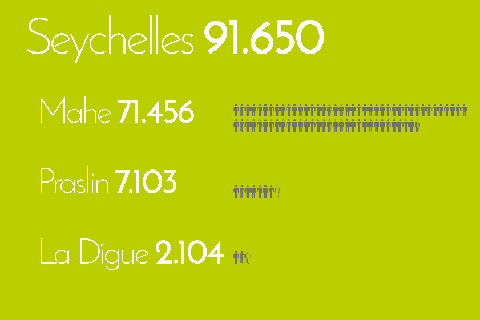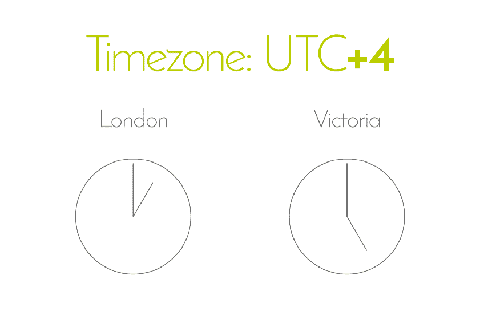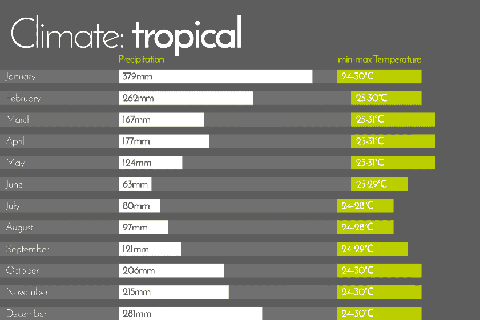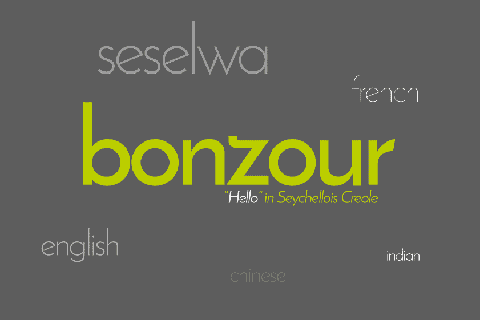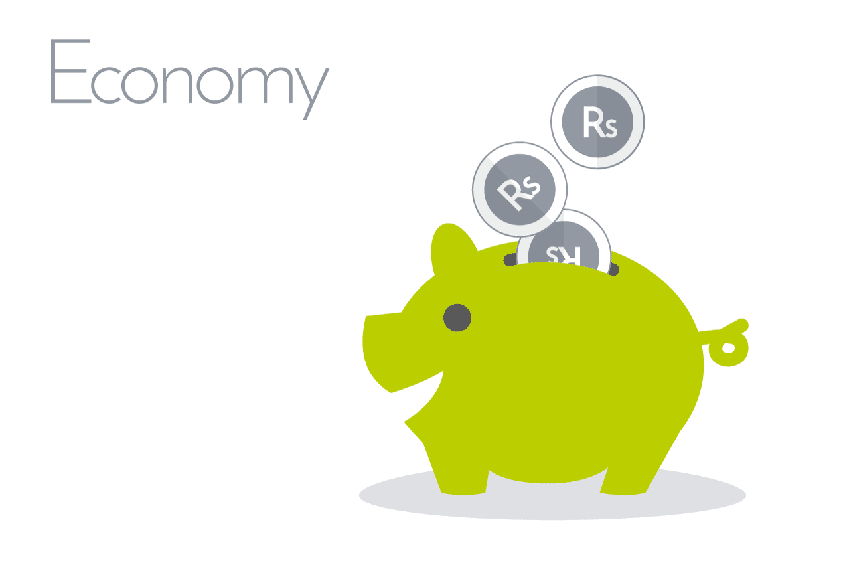Fact Sheet
Let´s look at some facts about the Seychelles islands. Sources: The World Factbook 2013-14 (CIA), Wikipedia, graphics © seychelles.cc
Geography
The Seychelles have a total land mass of 455km² distributed over 155 islands, which makes it the smallest country in Africa. The total coastline of the islands is 491km. The biggest islands are Mahé (154km²), Praslin (38km²), Silhouette (20km²) and La Digue (10km²), all of which are granite islands as most other islands among the so-called inner islands. The outer islands are a group of coral islands that are smaller and quite scattered in the Indian Ocean. 58,61% of the land mass is protected which is the highest ratio in the world.
Population
91.650 people live on the Seychelles. A large percentage of the people lives on the main island Mahé. The Seychellois have a life expectancy at birth of 74,25 years, an average age of 33,9 years and population growth per year is 0,87%. 20,9% are younger than 15 years and only 7,3% older than 65 years.
Climate
The Climate of the Seychelles is nice throughout the year. During the rainy season, precipitation can peak up to 400mm. In the dry season, there is even a chance for draughts on several islands. Water usually depends on catchments, so please act responsibly when it comes to using water. In general, there is more chance of rain on the windward side and you will be surprised at how many different weather conditions you might find for example on Mahé at the very same moment. Temperatures are comfortable to hot throughout the year, with monthly averages ranging from 24°C minimum temperature (usually during the night) to 31°C maximum temperature. The Seychelles lie outside the cyclone belt, so severe storms are rare.
Ethnicity
The Seychelles are a great example of multiple ethnicities living peacefully together. Most of the population are even mixed, so mixed ethnic marriage is pretty common. On your visit to the Seychelles, you find Racially Mixed People, French (European), African, Indo-Seychellois, Chinese and Arab. All of them are friendly and helpful.
Telephone & Internet
The mobile telephone network is rather good. Internet access is OK, but speeds are not what you are used to from other "non-island" countries. You have to share Seychelles overall bandwidth with quite a few others, especially in the evening. Many hotels have free wifi, others charge for internet access. You can get into the net via your mobile phone. As with calls, keep in mind that you have quite high roaming costs. SMS, on the other hand, is rather cheap. If you plan to make a lot of calls within the Seychelles during your stay, consider buying a prepaid kit - especially when you have a contract-free cell phone with you. One more word on roaming: if you have your voicemail activated, you already pay when somebody is talking onto your mailbox. You don´t even have to call your own mailbox to listen to messages or answer a call and already pay roaming fees. The top-level domain for the Seychelles is ".sc" and country calling code is +248.
Languages
Seychellois typically speak more than one language. Seychelle Creole, also known as Seselwa or Kreol is spoken by most of the people. It´s an official language and is french based, with a mix of English and other words. English and French are also official languages and spoken by many Seychellois. If you do speak English or French, you shouldn´t have any issue communicating with most people.
Traffic & Transport
Seychelles roads are left-hand-drive. Be sure to drive carefully. Especially if you are not an experienced driver, driving on the other side of the road sometimes is like writing with your other hand. The roads on the Seychelles are rather narrow and sometimes really steep and curvy. If you are not sure whether they are made for you, you´d better take a taxi. Talking about Taxis - especially if you have just a day on an island, it might be wiser to take a taxi and ask the driver to show you around rather than renting a car. On Mahé and Praslin there is a public bus service which is an experience to be had. Unfortunately, the schedules are sometimes a little weird. Between the islands, there are ferries, like the Cat Cocos and the Cat Roses. If you like the sea you might also consider spending a few days on a yacht or taking a cruise. Between the islands, you can also take an inter-island flight with either a smaller plane or a helicopter. Read more at "Travelling within the Seychelles".
Economy
Seychelles economy is dominated by tourism, tuna fishing and the public sector. Agriculture is only at 2% of the GDP, which is easy to understand, considering that most of the land is rather mountainous. Agriculture products are coconuts, cinnamon, vanilla and others. GDP per capita is rather high, putting the Seychelles among the top 50 in the world, but numbers vary depending on your source, so we won´t list it here (for more info you might want to have a look at Wikipedia). Currency is the Seychelles Rupee - be sure to check the Seychelles Rupee exchange rate prior to your arrival.






